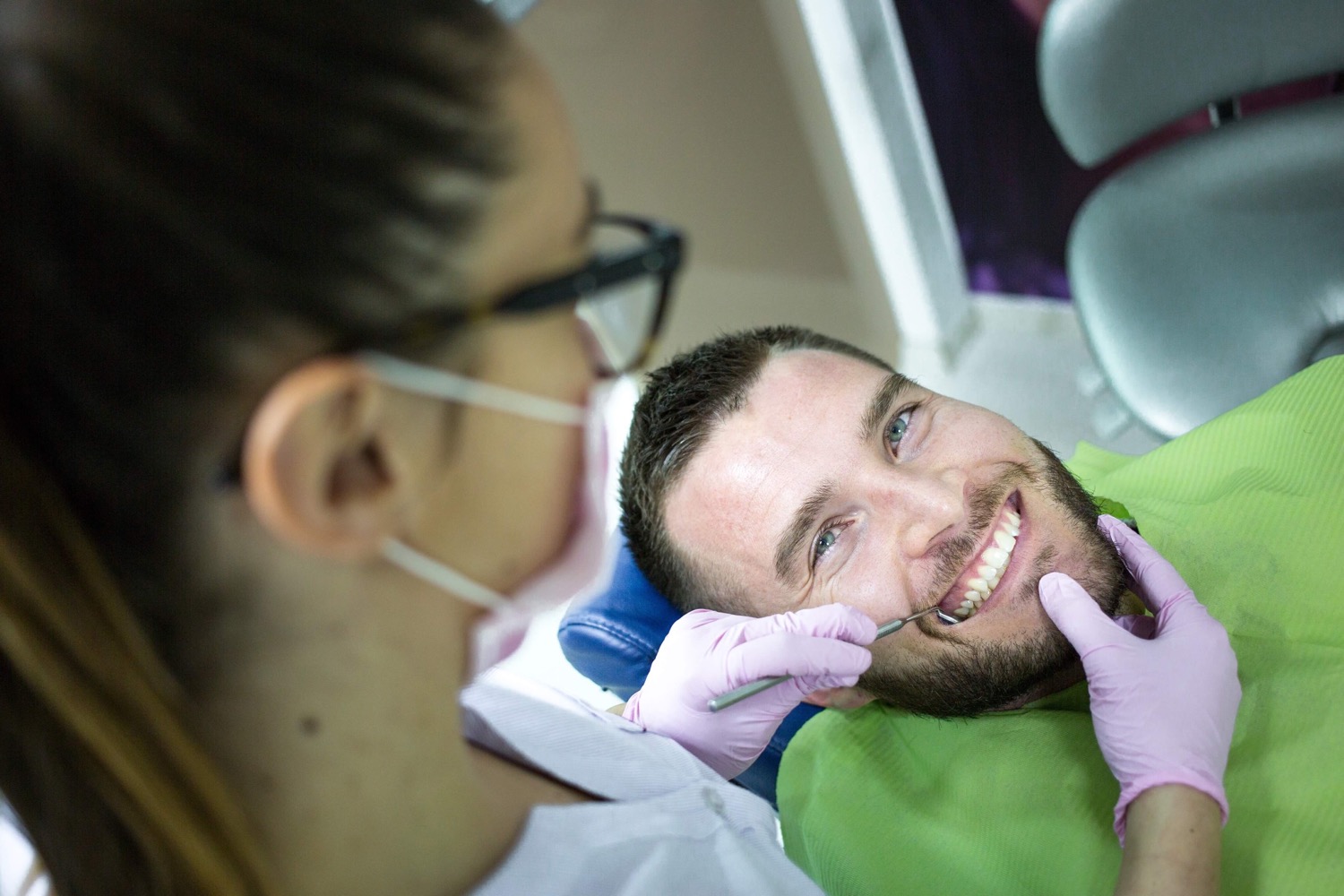Esthetic vs Aesthetic Dentistry: Unveiling the Subtle Difference
- Dr.Nineska STUDIO DENTISTICO
- Mar 16, 2024
- 3 min read
While the terms "esthetic dentistry" and "aesthetic dentistry" sound almost identical, a subtle distinction exists between them. Understanding the difference of Esthetic vs Aesthetic Dentistry, can help you navigate the world of cosmetic dental treatments and choose the approach that best aligns with your goals.

Esthetic vs Aesthetic Dentistry
Esthetic Dentistry: Function First, Beauty Follows
Esesthetic dentistry, with a "t," emphasizes the functional aspect of improving your smile. It focuses on restoring the natural form and function of your teeth while also enhancing their appearance. Here's what this means:
Focus on Oral Health: Esthetic dentists prioritize addressing underlying dental issues that might be impacting your smile's health and functionality. This could involve treating gum disease, repairing chipped teeth, or replacing missing teeth with implants or bridges.
Preserving Natural Tooth Structure: Whenever possible, esthetic dentists aim to preserve your natural teeth by utilizing minimally invasive techniques and materials that mimic the natural tooth structure.
Improved Function and Appearance: By addressing functional problems, esthetic dentistry treatments not only enhance the aesthetics of your smile but also improve your ability to eat, speak, and maintain proper oral hygiene.
Examples of Esthetic Dentistry Procedures:
Dental bonding: Applying a tooth-colored resin to repair chipped teeth, close gaps, or improve tooth shape.
Dental veneers: Thin shells of porcelain or composite material bonded to the front surface of teeth to address discoloration, minor cracks, or misalignment.
Dental crowns: Tooth-shaped caps placed over damaged or weakened teeth to restore strength and improve aesthetics.
Gum grafting: A procedure to restore receding gums, promoting both oral health and a more balanced smile.
Orthodontics (braces or clear aligners): Correcting misaligned teeth for improved bite function and aesthetics.
Aesthetic Dentistry: Purely for the Beauty Boost
Aesthetic dentistry, with a single "e," focuses primarily on enhancing the appearance of your smile. While some minor functional improvements might be achieved, the primary goal is to create a cosmetically pleasing smile according to current trends or your desired outcome.
Emphasis on Appearance: Treatments prioritize creating a "perfect smile" based on current beauty standards or your specific desires, even if minimal functional improvements are achieved.
Focus on Whiteness and Straightness: Procedures often center on achieving a bright white smile and perfectly aligned teeth, regardless of their natural color or shape.
Potential for Non-Essential Procedures: Some aesthetic dentistry treatments might not be necessary for oral health but are pursued solely for cosmetic reasons.
Examples of Aesthetic Dentistry Procedures:
Teeth whitening: Using bleaching treatments to lighten tooth discoloration.
Smile design: A collaborative process between you and the dentist to create a desired smile based on aesthetics, not necessarily on functional needs.
Gum reshaping: Modifying the gum line for a more symmetrical or "gummy smile" correction, even if gum health is not a concern.
Non-essential veneers: Veneers used to cover healthy teeth solely to achieve a certain color, shape, or uniformity, even if no functional improvement is needed.
Choosing Between Esthetic and Aesthetic Dentistry:
When considering cosmetic dental treatments, consider your priorities:
If you desire a healthy, functional smile with a natural appearance: Opt for esthetic dentistry, which addresses both function and aesthetics.
If your primary goal is a cosmetically perfect smile, regardless of minor functional changes: Aesthetic dentistry might be an option, but discuss potential implications with your dentist.
Finding the Right Dentist:
Regardless of whether you choose esthetic or aesthetic dentistry, look for a qualified and experienced dentist who understands your goals. A good dentist will listen to your concerns, evaluate your oral health, and recommend the most suitable treatment plan to achieve your desired outcome while prioritizing your overall dental health.




Comments